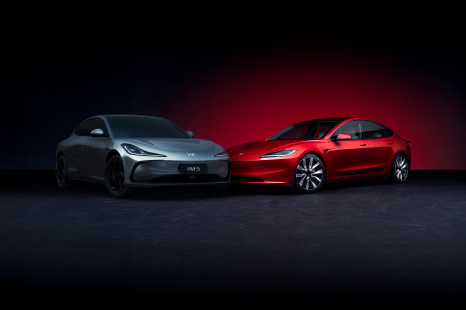

Andrew Maclean
MG IM5 vs Tesla Model 3: Spec battle
12 Hours Ago

Deputy Marketplace Editor
Would you believe me us if we told you that Hyundai Australia has sold more than 20,000 examples of the i30 every year since 2009? Well you should, because it has.
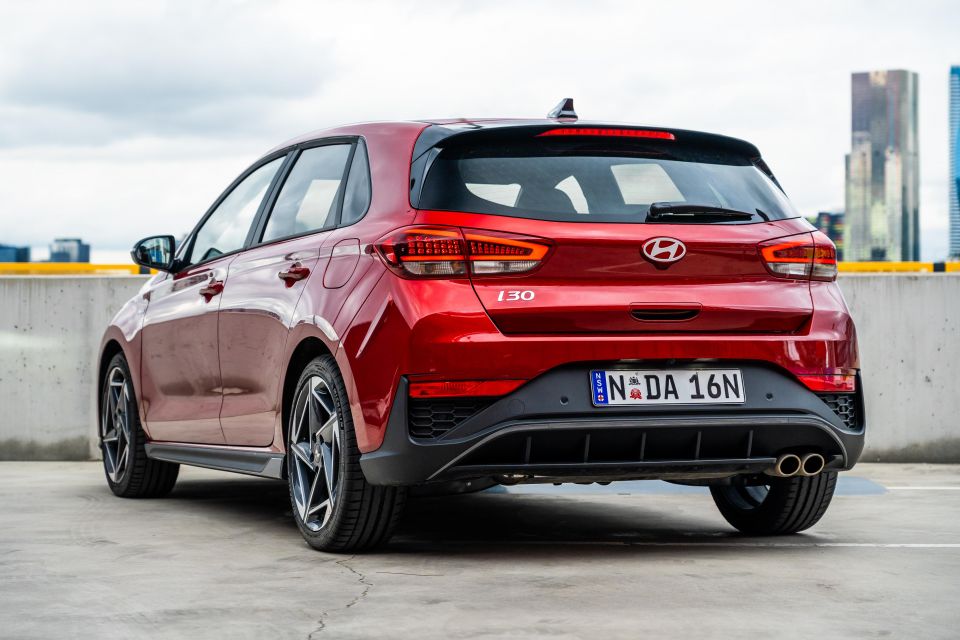
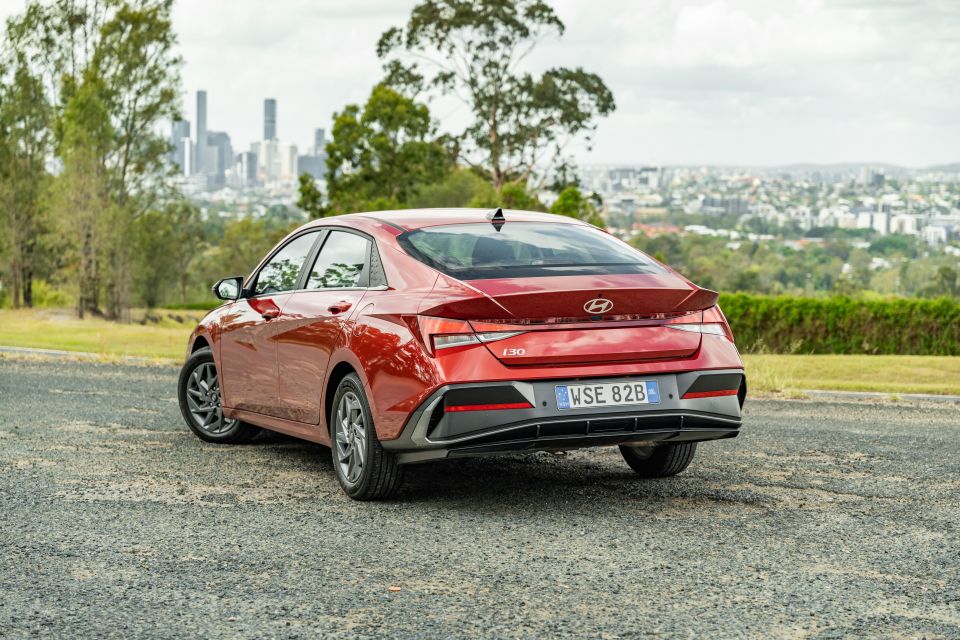
The i30 has been a consistent winner for the South Korean manufacturer in the small car segment, even managing to topple the venerable Toyota Corolla for total sales last year (something it did before if you included the Elantra before it was renamed as the i30 Sedan).
While 2024 has been something of a down year for the i30 from a volume perspective, it’s still the third best-selling small car on the market, even though buying one can be the source of a few headaches.
After all, Hyundai currently offers a grand total of 15 variants, spread across five powertrains, several trim grades and of course, two body styles.
That leaves plenty to unpack, so let’s break down the current i30 lineup and identify the sweet spots in the range, from budget-friendly base grades up to the N performance variants.
CarExpert can help you find the best deal on a new Hyundai i30. Check out our latest offers, and let us put you in touch with a dealer.
Hyundai i30 pricing starts at $29,000 before on-road costs for the base sedan, and extends all the way up to $53,500 plus on-roads for the N hatch.
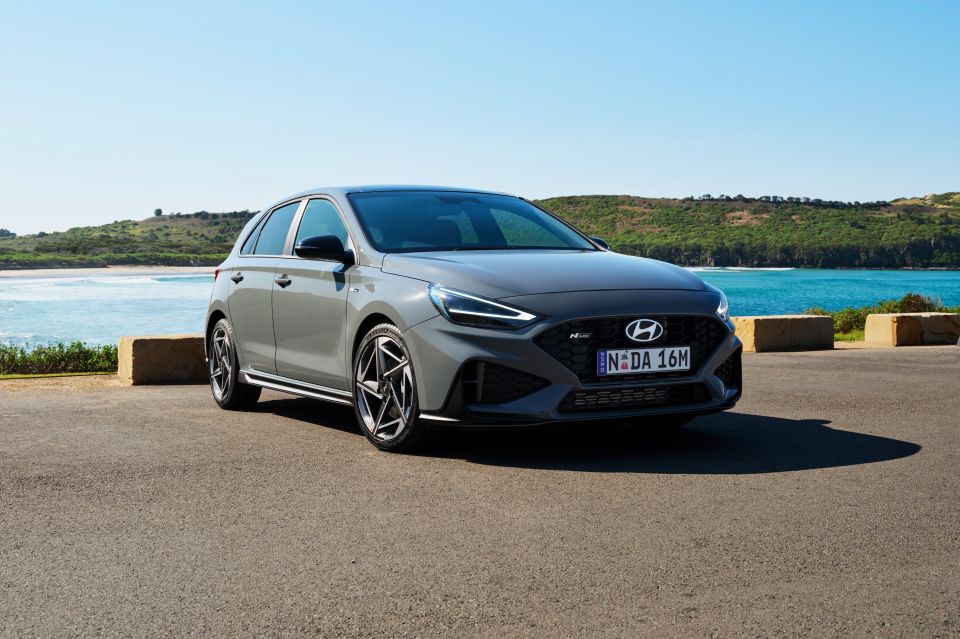
i30 Hatch
| Model | Price before on-road costs |
|---|---|
| 2025 Hyundai i30 Hatch N Line | $36,000 |
| 2025 Hyundai i30 Hatch N Line Premium | $41,000 |
| 2025 Hyundai i30 N manual | $50,000 |
| 2025 Hyundai i30 N auto | $50,000 |
| 2025 Hyundai i30 N Premium manual | $53,500 |
| 2025 Hyundai i30 N Premium auto | $53,500 |
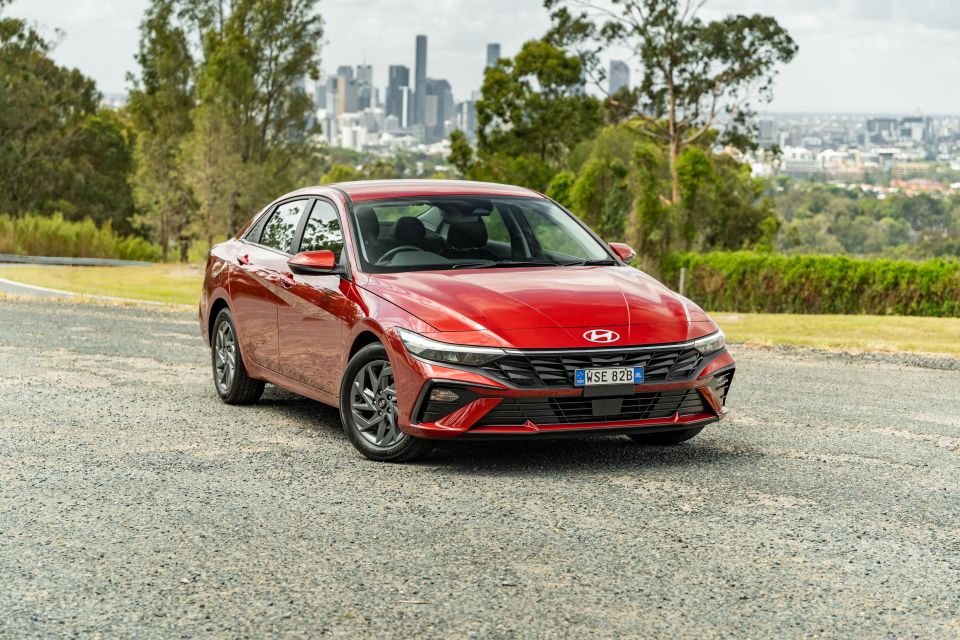
i30 Sedan
| Model | Price before on-road costs |
|---|---|
| 2025 Hyundai i30 Sedan | $29,000 |
| 2025 Hyundai i30 Sedan Hybrid | $33,000 |
| 2025 Hyundai i30 Sedan Elite | $33,500 |
| 2025 Hyundai i30 Sedan N Line | $36,000 |
| 2025 Hyundai i30 Sedan Hybrid Elite | $37,500 |
| 2025 Hyundai i30 Sedan Premium | $38,500 |
| 2025 Hyundai i30 Sedan N Line Premium | $41,500 |
| 2025 Hyundai i30 Sedan N Premium manual | $52,000 |
| 2025 Hyundai i30 Sedan N Premium auto | $52,000 |
To see how the Hyundai i30 stacks up against its competitors, use our comparison tool.
The third-generation Hyundai i30 was unveiled at the 2016 Paris motor show before launching Down Under in 2017.
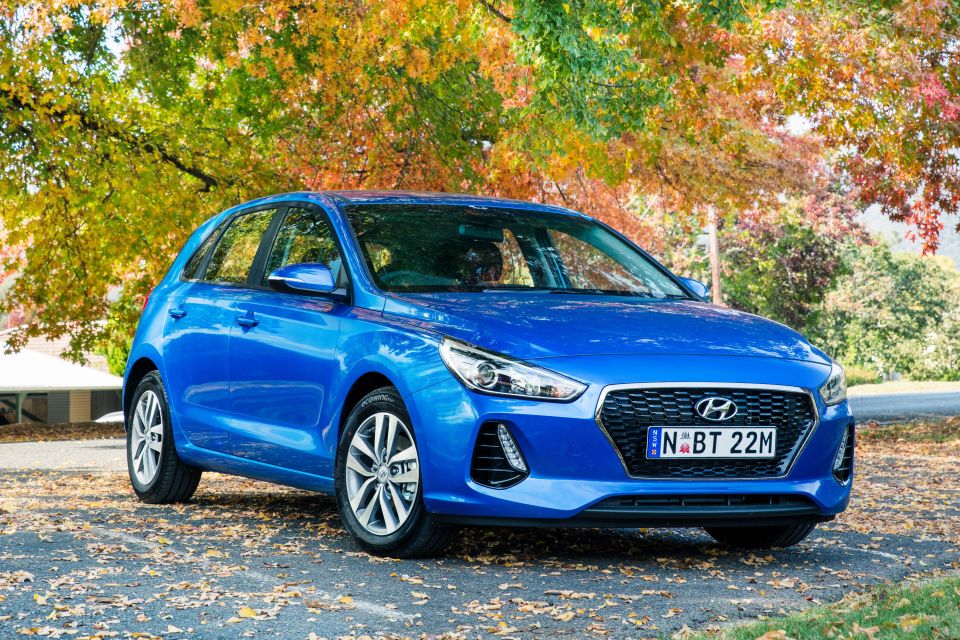
It has since gone through multiple facelifts, the latest of which arrived this year.
Reports out of Korea suggest that an all-new i30 Sedan could launch as soon as 2026, although it’s unclear what the future holds for the hatch body style.
Curiously, the i30 Sedan wears different badging overseas – it’s known as the Avante in Korea, and (still) the Elantra in the US.
Significantly, the third-generation i30 marked the arrival of Hyundai’s N performance arm. The i30 N has become a staple of the lineup since, and it’s now available in both hatch and sedan form.
Deals are being offered on 100s of new cars now. Contact a dealer using CarExpert for the best deal or call our Concierge team on 1300 587 992.
The sedan is the larger of the two body styles, being longer and wider with an extended wheelbase. That also translates to extra boot space, although the hatch has a more accessible cargo area.
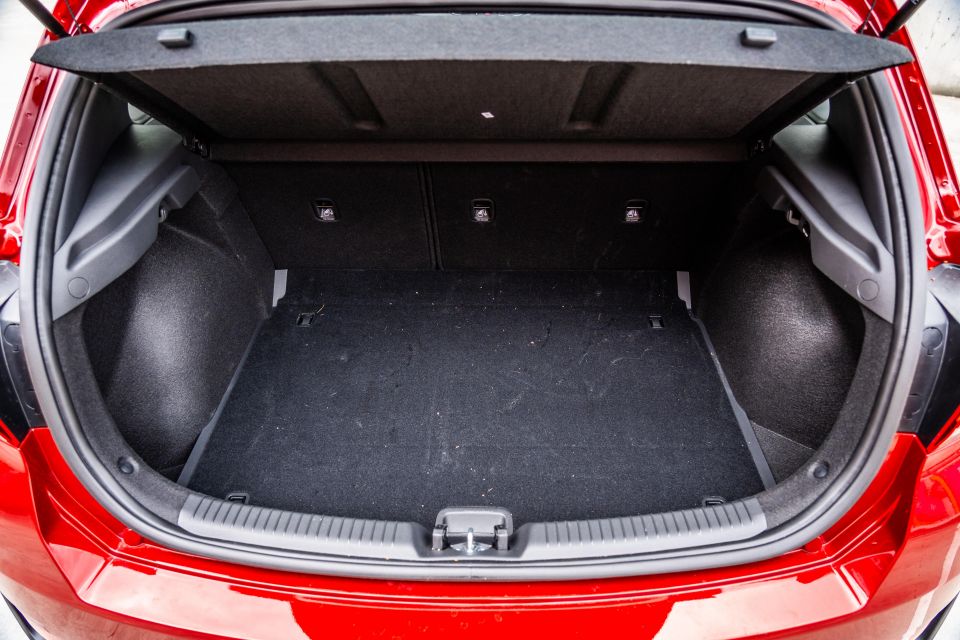
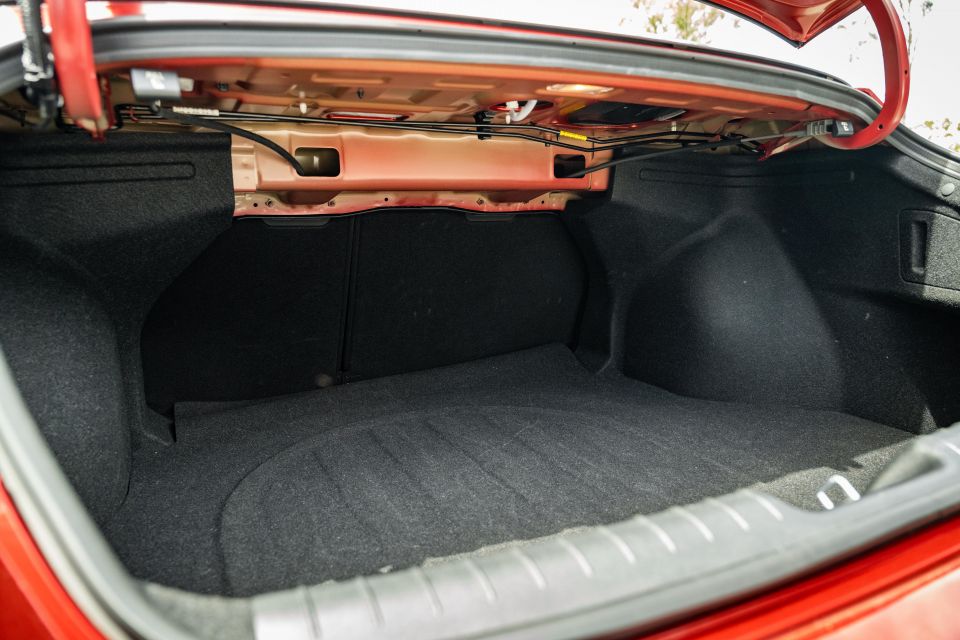
| Hatch | Sedan | |
|---|---|---|
| Length | 4340mm | 4710mm |
| Width | 1795mm | 1825mm |
| Height | 1445mm | 1420mm |
| Wheelbase | 2650mm | 2720mm |
| Boot capacity | 381-395L (rear seats up) 1287-1301L (rear seats folded) | 464-474L (rear seats up) |
Deals are being offered on 100s of new cars now. Contact a dealer using CarExpert for the best deal or call our Concierge team on 1300 587 992.
This is where it gets a little complicated. Five unique powertrains are offered across the i30 lineup, with a mix of hybridisation and forced induction.

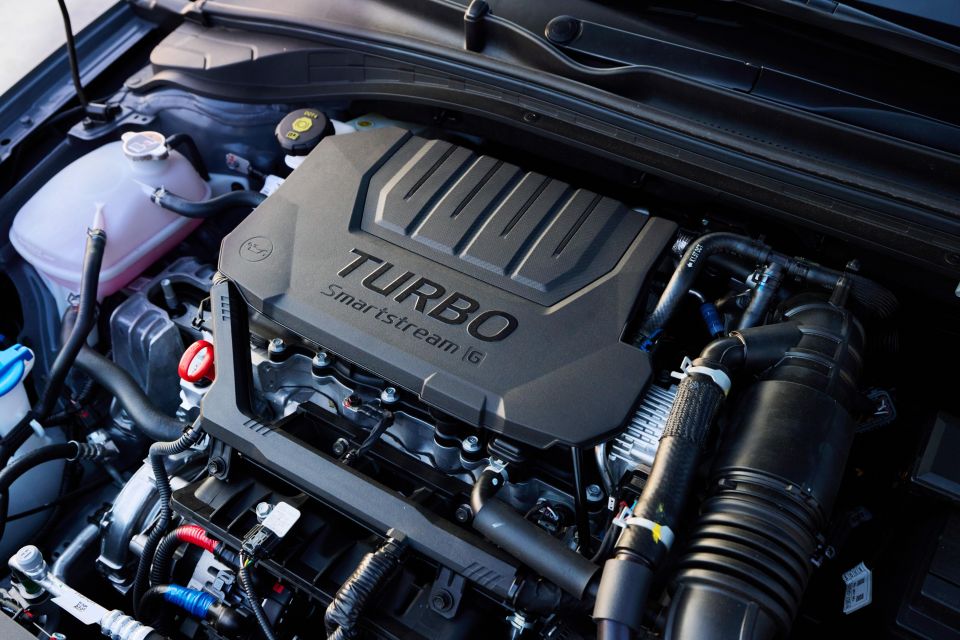
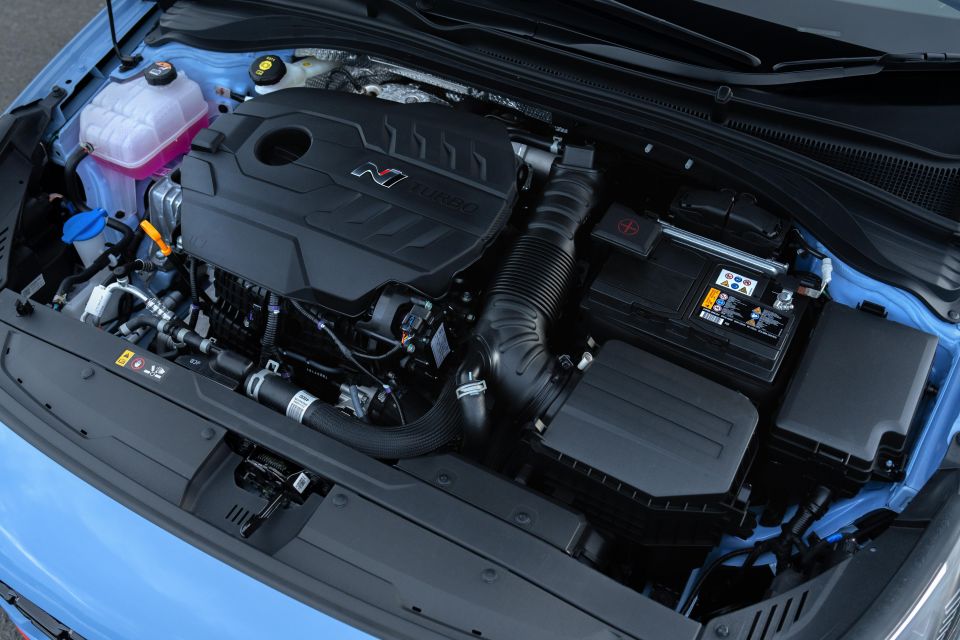
| Specifications | 2.0 Sedan | HEV Sedan | 1.6T Sedan | MHEV Hatch | N |
|---|---|---|---|---|---|
| Engine | 2.0L 4cyl | 1.6L 4cyl hybrid | 1.6L turbo 4cyl | 1.5L turbo 4cyl mild-hyrid | 2.0L turbo 4cyl |
| Power | 110kW | 104kW | 150kW | 117kW | 206kW |
| Torque | 180Nm | 265Nm | 265Nm | 250Nm | 392Nm |
| Transmission | CVT | 6-speed DCT | 7-speed DCT | 7-speed DCT | 8-speed DCT or 6-speed manual |
| Drive type | Front-wheel drive | Front-wheel drive | Front-wheel drive | Front-wheel drive | Front-wheel drive |
| Fuel economy – combined | 6.1L/100km | 3.9L/100km | 6.6L/100km | 5.6L/100km | 8.3-8.5L/100km |
| Fuel type | 91 RON | 91 RON | 91 RON | 91 RON | 95 RON |
| Fuel tank capacity | 47L | 42L | 47L | 50L | 47L |
Eco-conscious buyers are likely to gravitate to the hybrid powertrain, which quotes a combined fuel consumption of just 3.9L/100km and will happily drink base 91 RON unleaded petrol.
At the other end of the spectrum, the 2.0-litre turbocharged engine in the N packs the most punch with 206kW and 392Nm, sent to the front wheels via either a manual gearbox or a model-specific eight-speed dual-clutch automatic transmission. It’s the only powertrain that requires premium fuel.
Aside from the N, which gains the option of a manual transmission, the base sedan is the only standard variant to not offer a DCT. Instead, it pairs a 2.0-litre naturally aspirated four-cylinder engine with a continuously variable transmission (CVT).
All i30 models are front-wheel drive.
CarExpert can help you find the best deal on a new Hyundai i30. Check out our latest offers, and let us put you in touch with a dealer.
The Hyundai i30 Hatch range, excluding the hot N, has a five-star safety rating from ANCAP, which expires in December 2024.
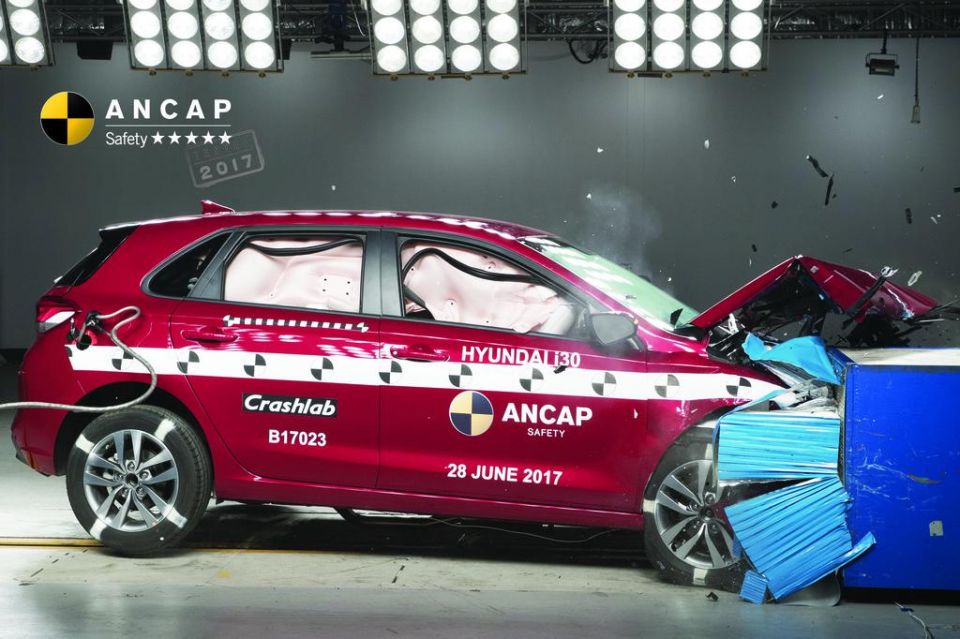
Standard safety equipment on the Hyundai i30 Hatch includes:
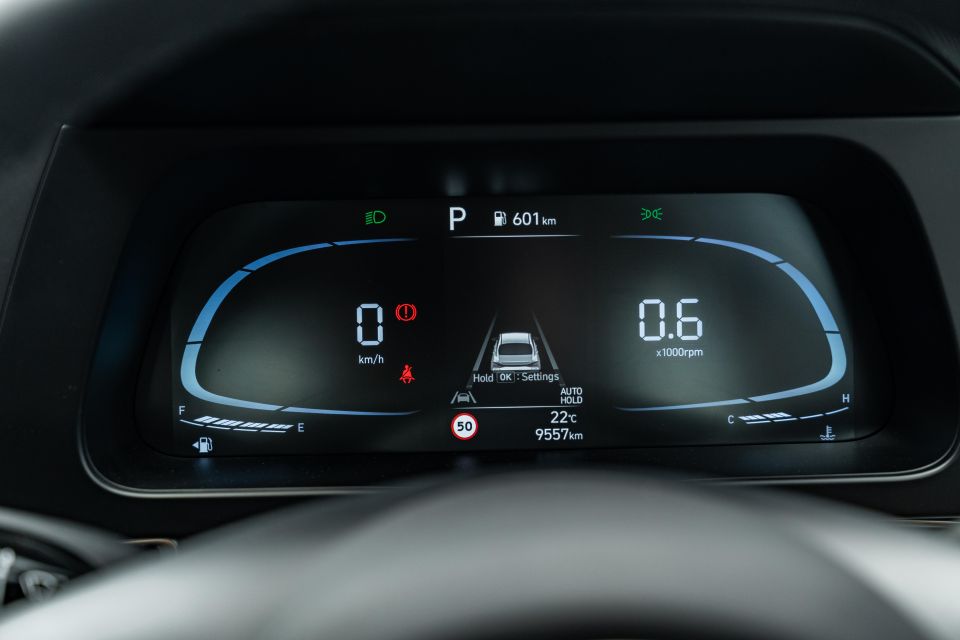
The Hyundai i30 Sedan has yet to be tested by ANCAP, nor Euro NCAP. It comes standard with the following safety equipment:
The Elite adds:
The Premium and N Line Premium adds:
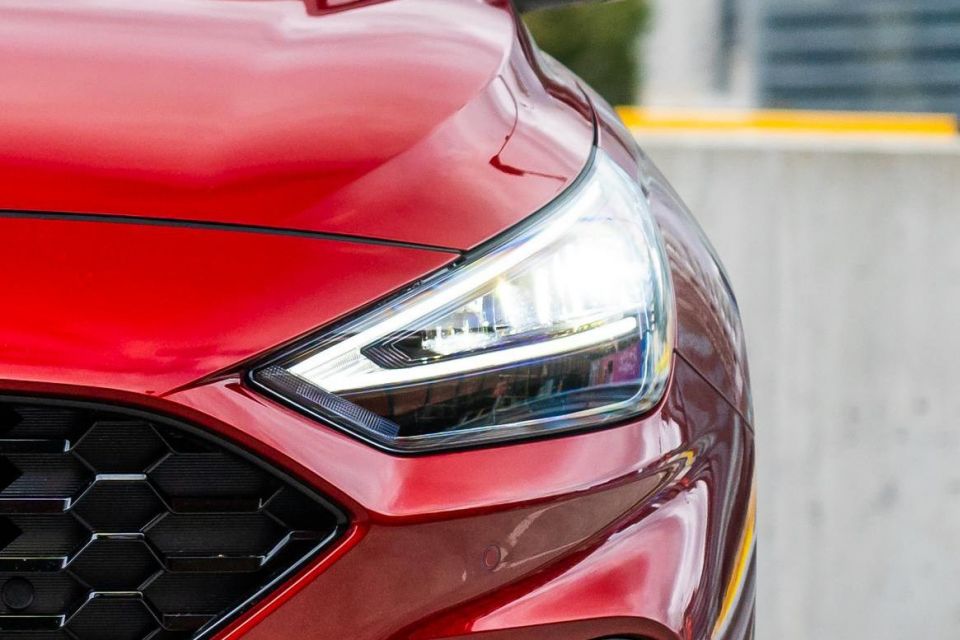
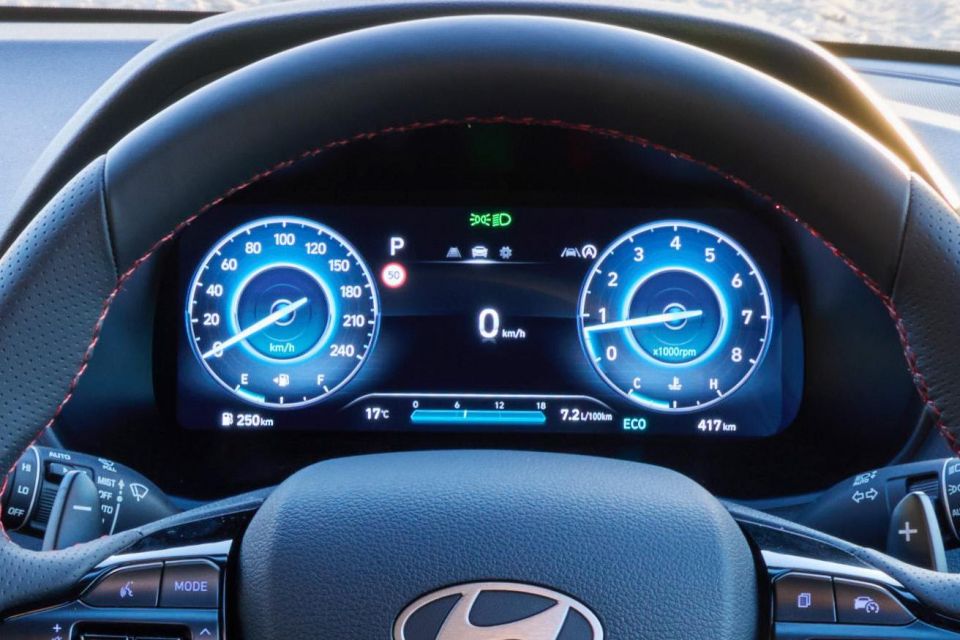
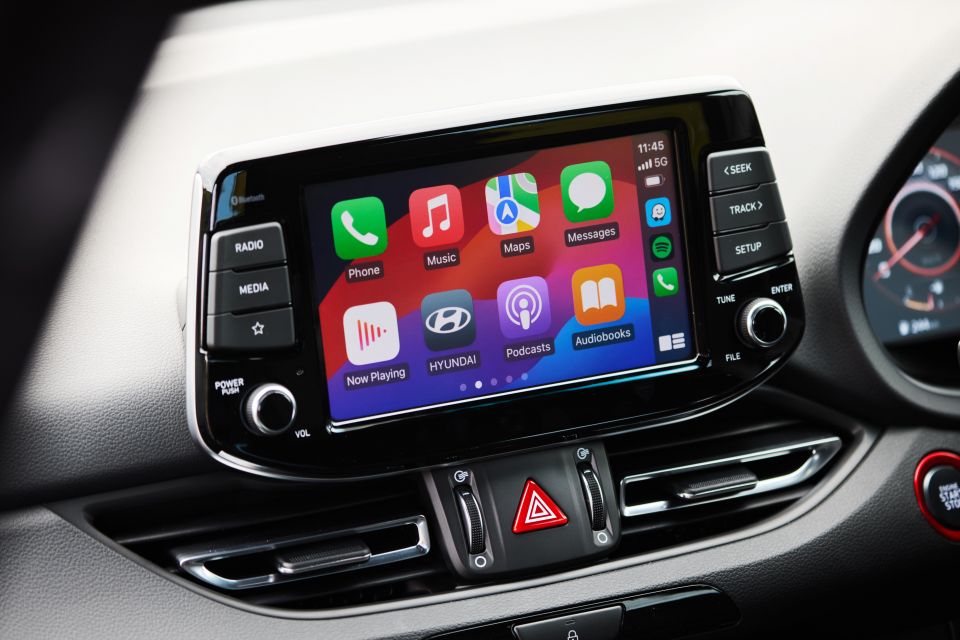
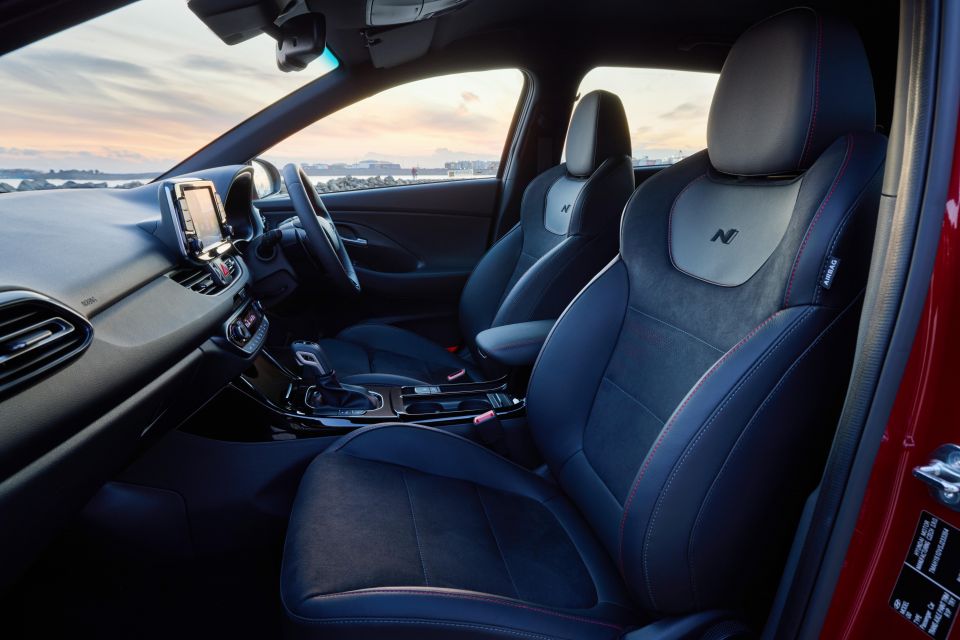
The N Line comes standard with the following equipment:
The N Line Premium adds:

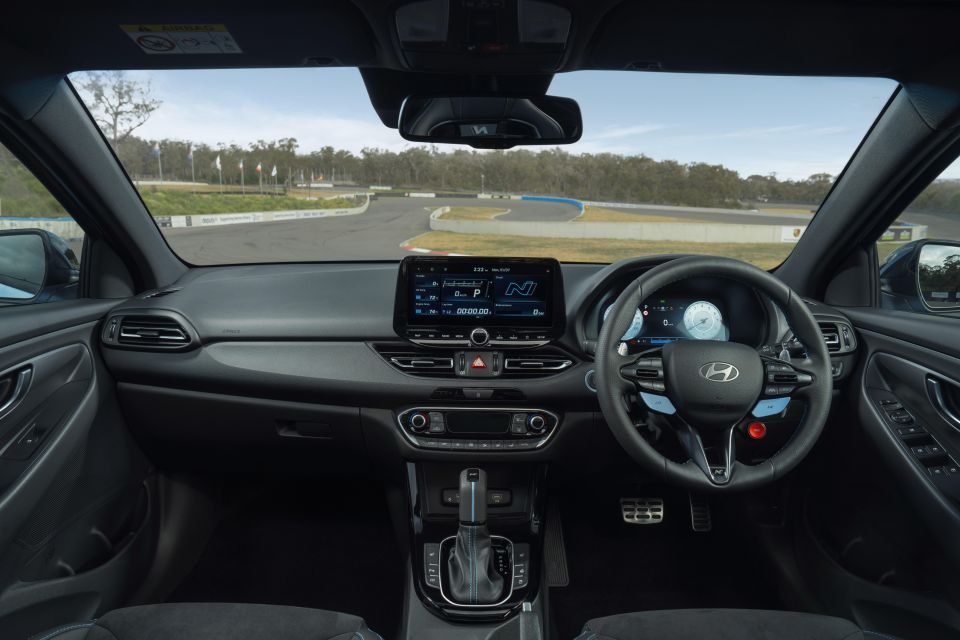
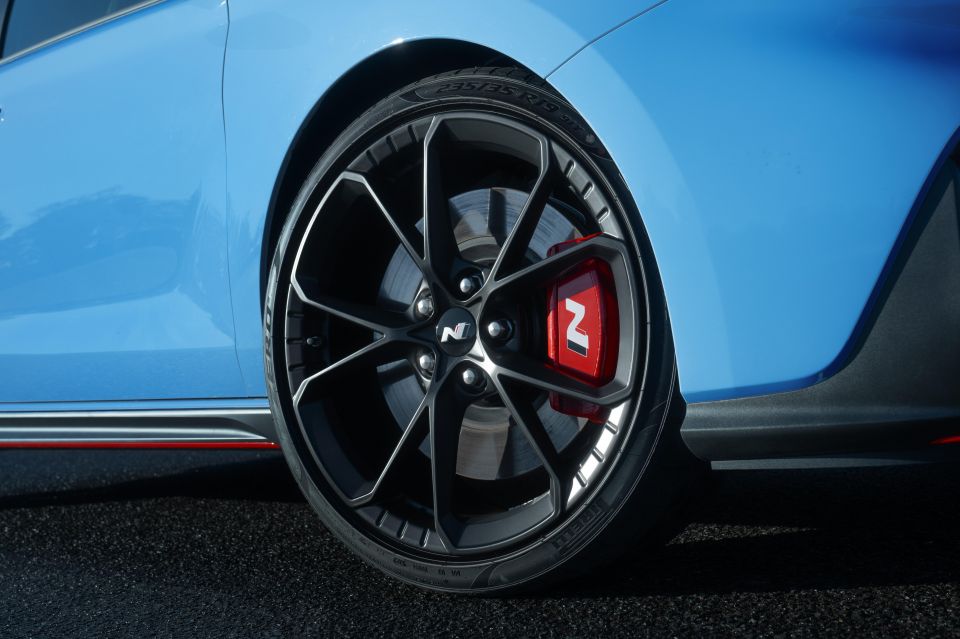
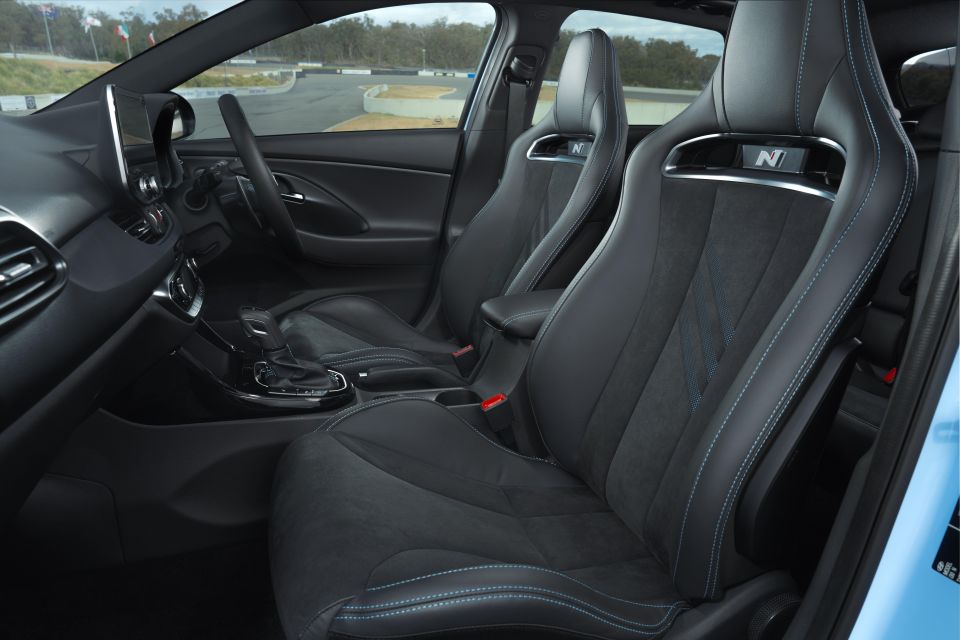
The i30 N comes as standard with:
i30 NPremium variants add:
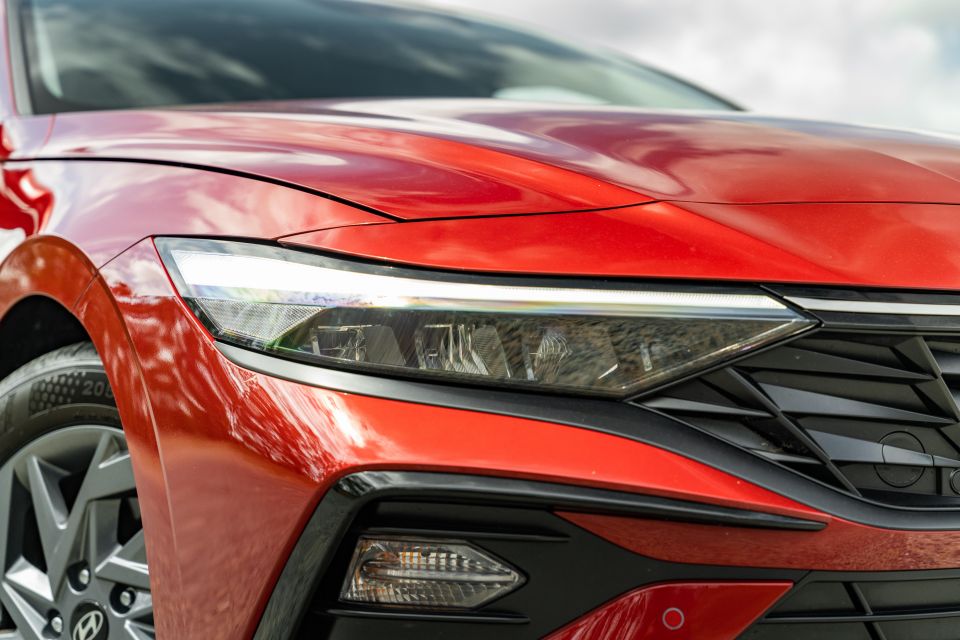
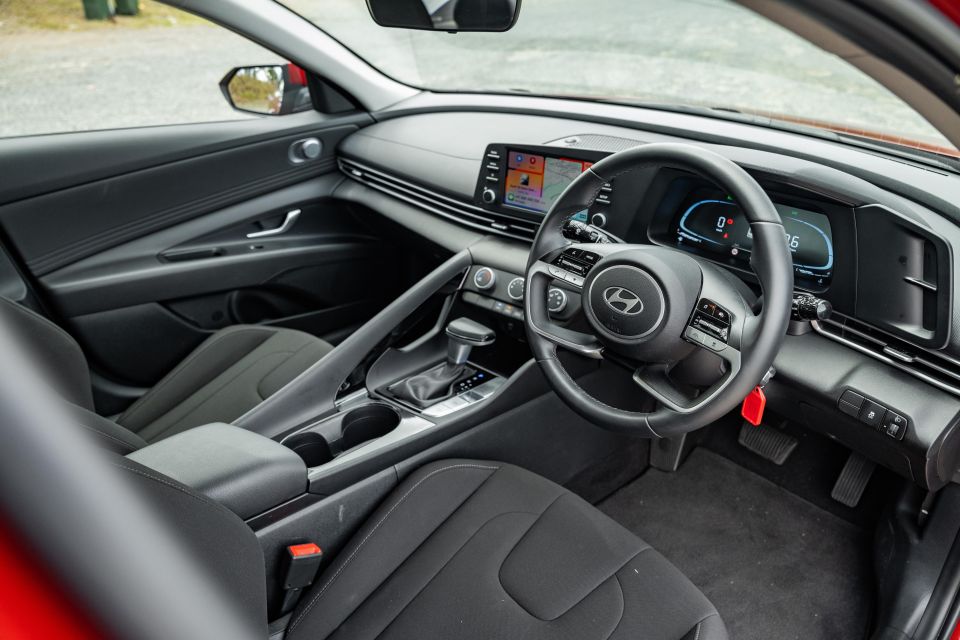
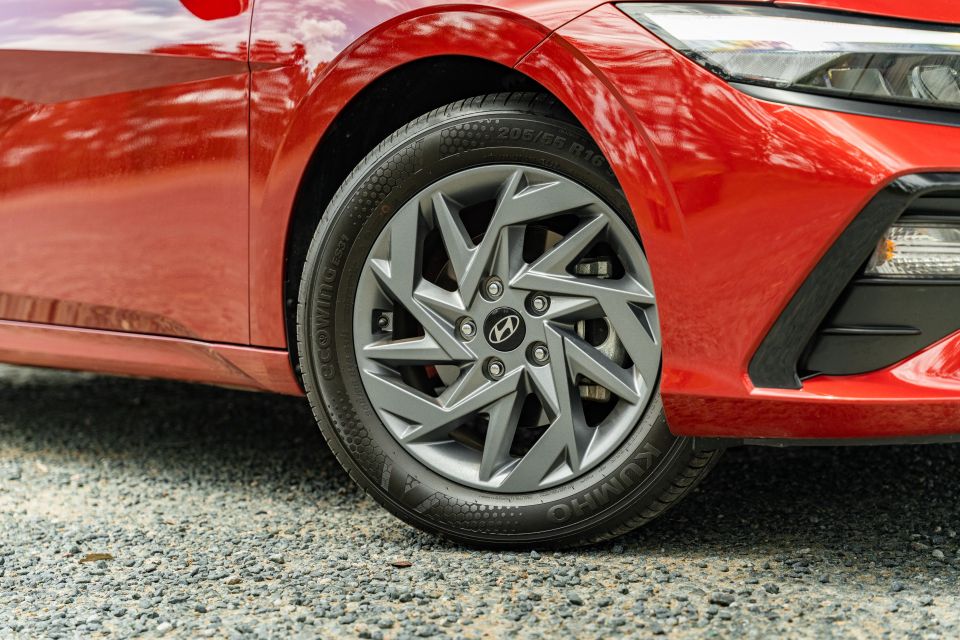
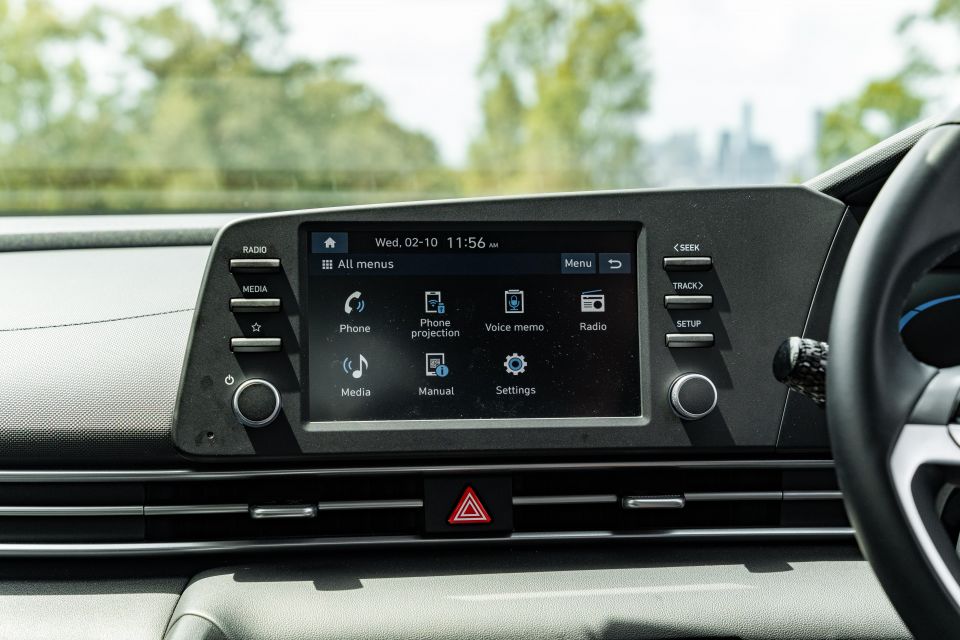
The base i30 Sedan features:
i30 Sedan Elite adds:
i30 Sedan Premium adds:
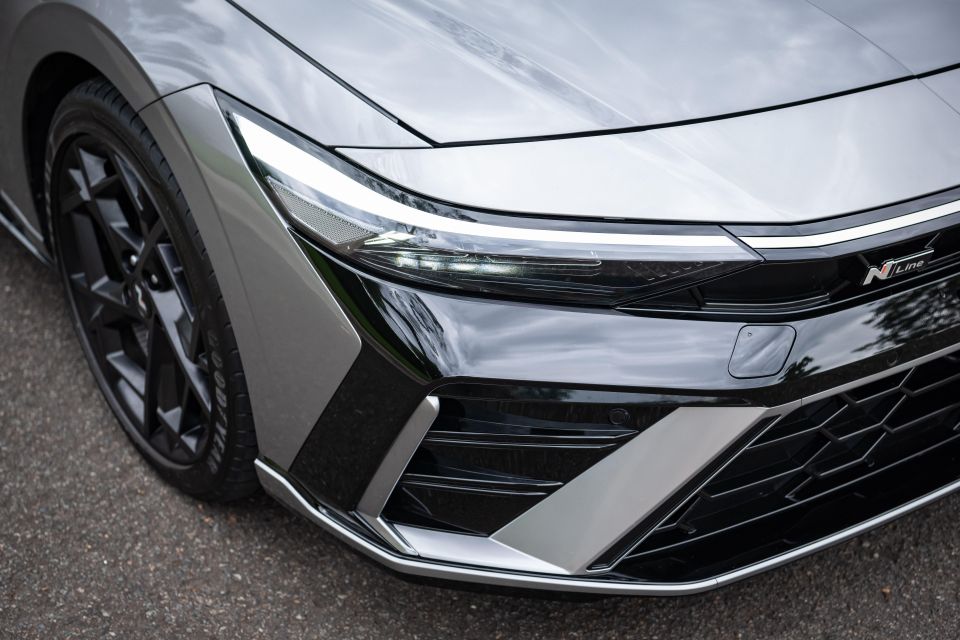
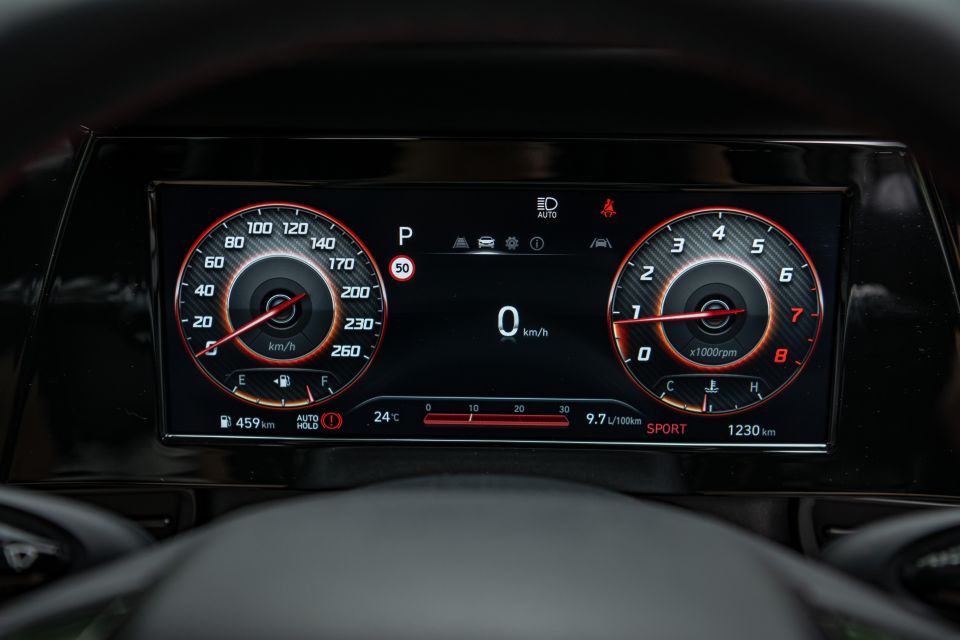
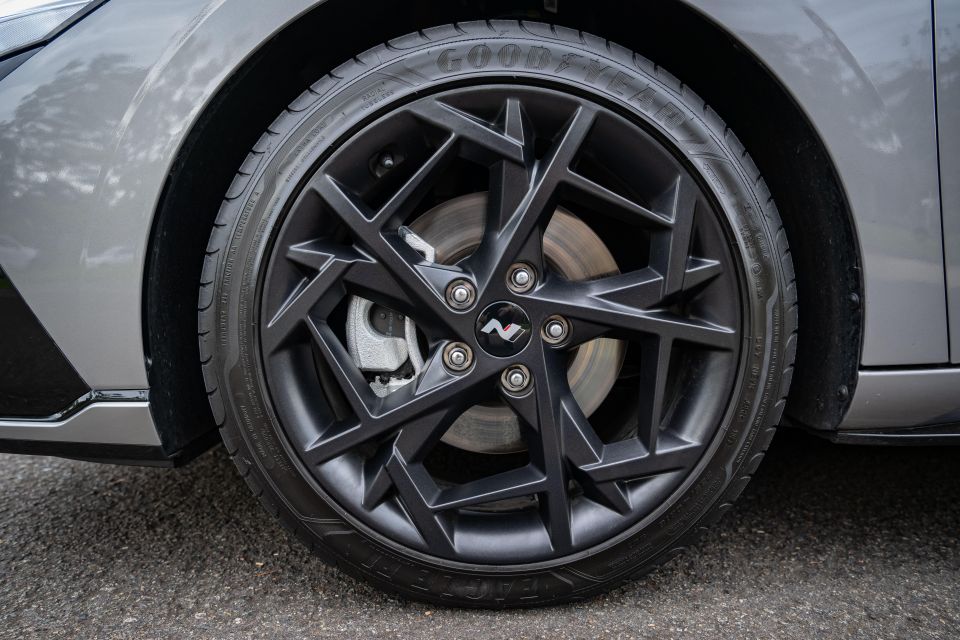
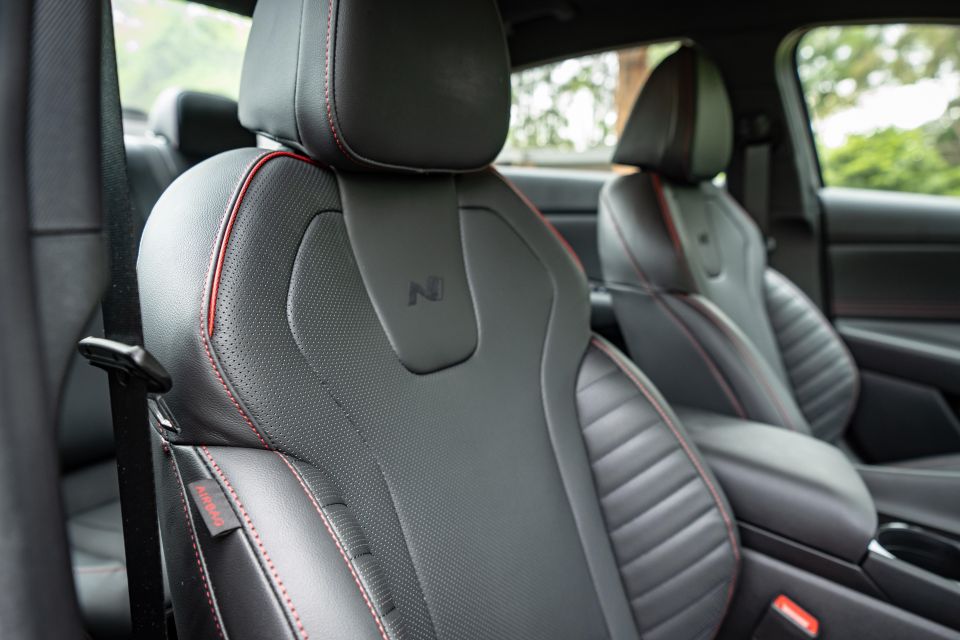
The i30 Sedan N Line adds on top of the standard i30 Sedan:
The i30 Sedan N Line Premium adds:
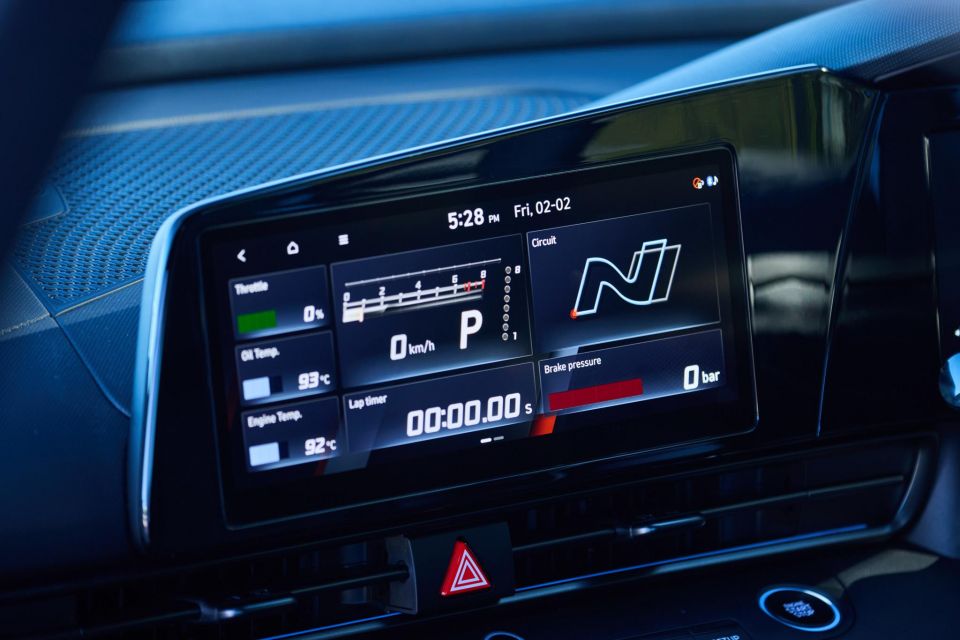
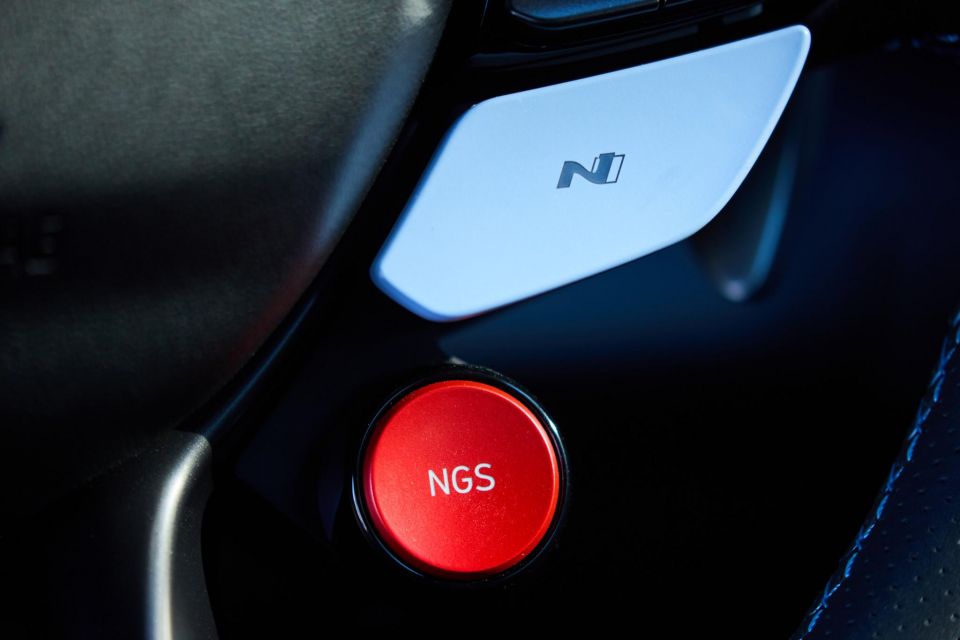
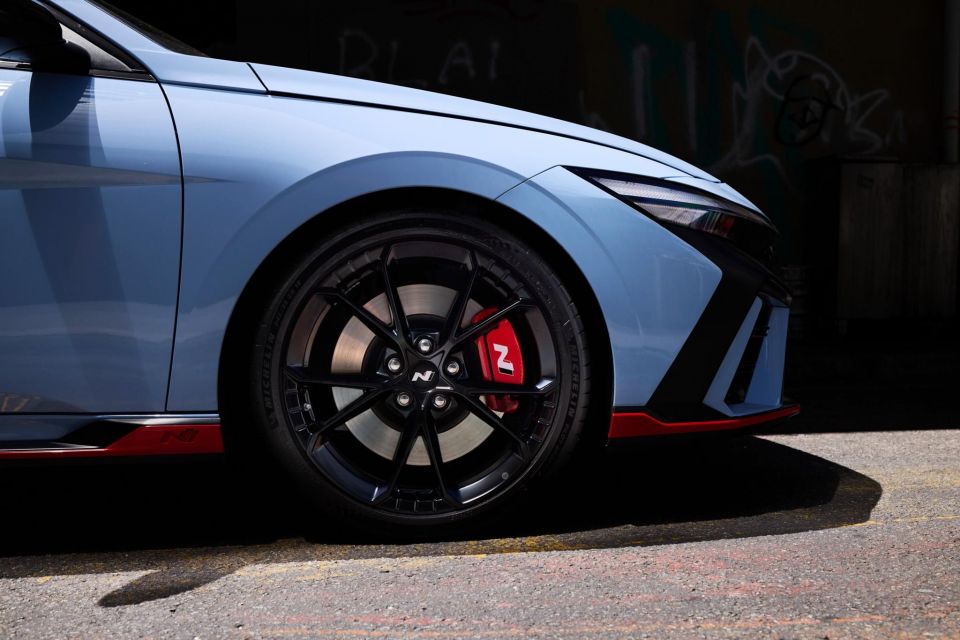
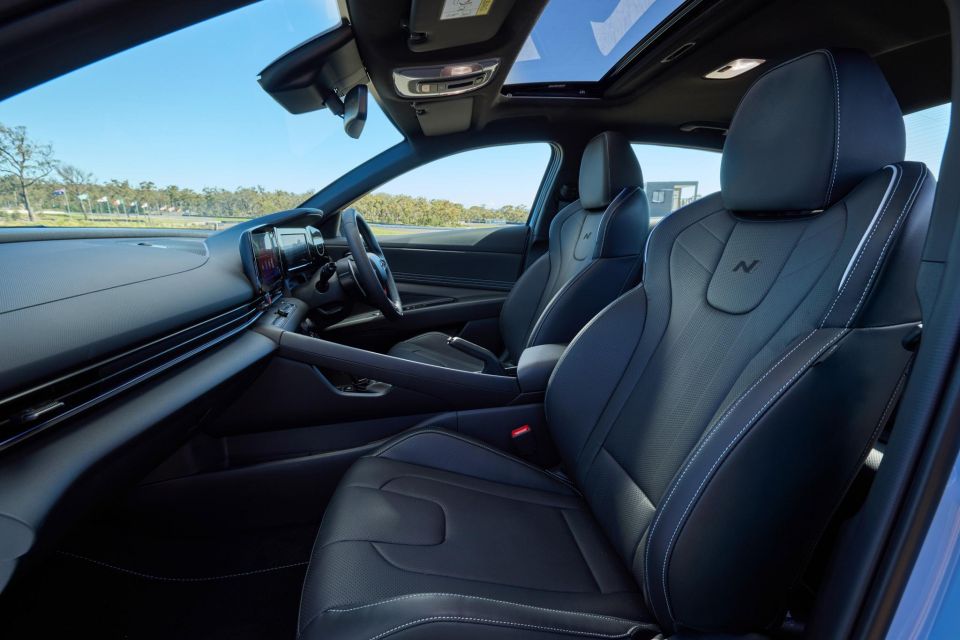
Standard equipment on the i30 Sedan N Premium includes:
Atlas White is the standard paint colour across the i30 range. The following finishes are available at an additional cost of $595.
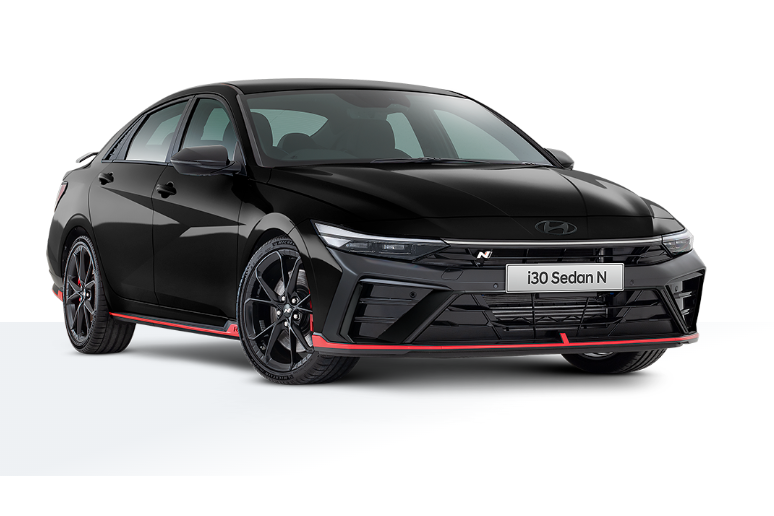
All variants:
Hatch only:
Sedan only:
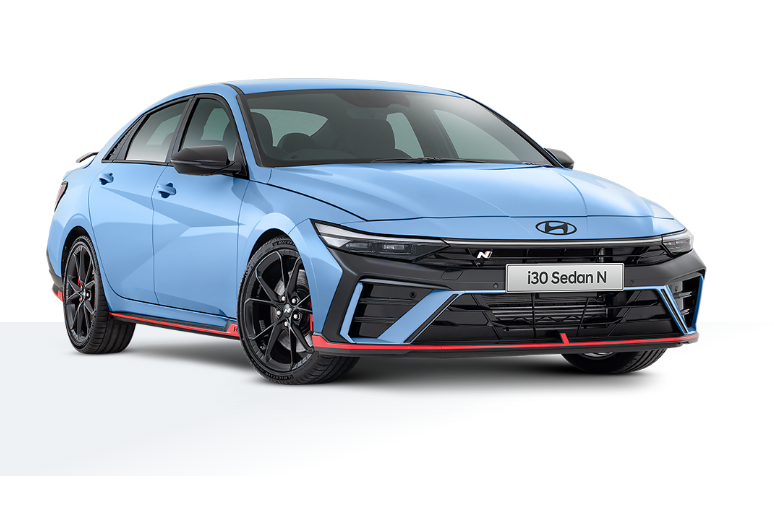
N only:
All Hyundai models are backed by a five-year, unlimited-kilometre warranty with maintenance-dependant roadside assistance.
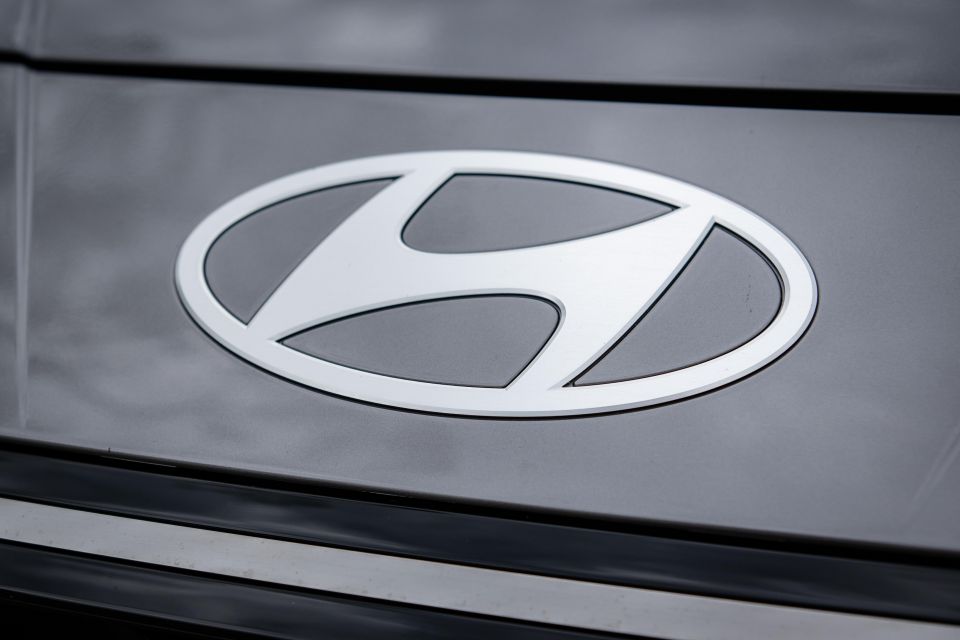
Service intervals vary depending on the model – sedans equipped with the hybrid powertrain or CVT require maintenance every 12 months or 15,000km, while the rest of range is subject to 12 month/10,000km intervals.
Maintenance costs are capped for the lifetime of the vehicle, regardless of variant.
| Service | 2.0 Sedan | Sedan HEV | 1.6T Sedan | Hatch | Sedan N | Hatch N |
|---|---|---|---|---|---|---|
| 1 year | $335 | $310 | $335 | $335 | $355 | $355 |
| 2 years | $335 | $420 | $335 | $335 | $355 | $355 |
| 3 years | $335 | $410 | $335 | $425 | $395 | $355 |
| 4 years | $495 | $720 | $399 | $365 | $425 | $465 |
| 5 years | $325 | $310 | $335 | $335 | $355 | $355 |
| Total | $1825 | $2170 | $1739 | $1795 | $1885 | $1885 |
CarExpert can help you find the best deal on a new Hyundai i30. Check out our latest offers, and let us put you in touch with a dealer.
Across both the hatch and sedan markets, the i30 has plenty of rivals to contend with.
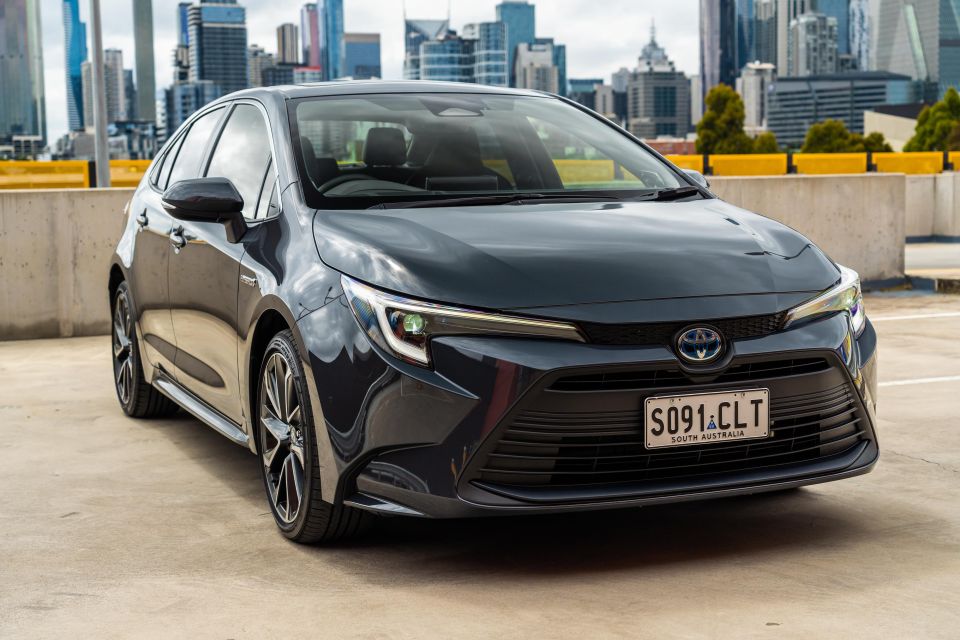
It’s impossible to ignore the Toyota Corolla, Australia’s best-selling small car, which is also available in both hatch and sedan form.
The Mazda 3 and Kia Cerato also go toe-to-toe with the i30 in the small car segment, especially at the lower end of the i30 range.
Electric alternatives include the MG4, BYD Dolphin and GWM Ora, although none boast the market share of the combustion-engined heavyweights.
Narrowing in on the performance-focused i30 N, affordable performance cars are harder to come by but the Volkswagen Golf GTI, Skoda Octavia RS, Cupra Leon VZ, Toyota GR Yaris, and Subaru WRX all fit the bill.
As mentioned at the start of this guide, the i30 has been a consistently strong seller since arriving Down Under in 2007.
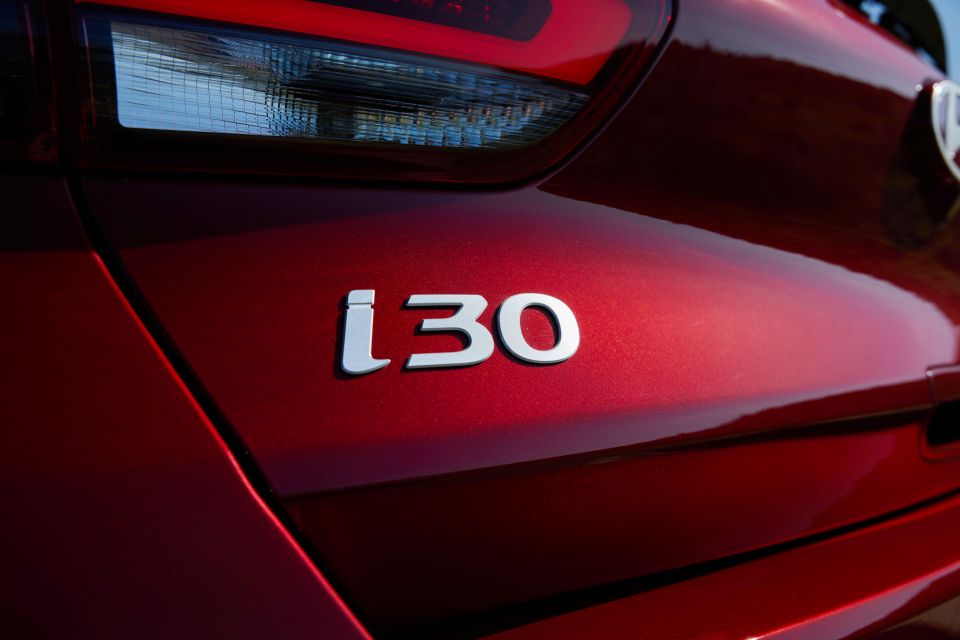
Annual sales haven’t fallen below 20,000 since 2008, although 2023 was the i30’s worst sales year for the last 15 years.
The numbers for 2024 are ominous, too. Hyundai recorded just 10,536 deliveries to the end of October, a 41.5 percent drop on last year’s sales over the same period.
i30 sales peaked back in 2016, when Hyundai managed 37,772 deliveries, according to VFACTS data.
Hatch or sedan? Petrol or hybrid? Base or top-spec? Those are the questions facing potential i30 buyers. Here are the best options, based on your needs.
Urban errands are best completed in a vehicle with a comfortable cabin, efficient powertrain and spacious boot.
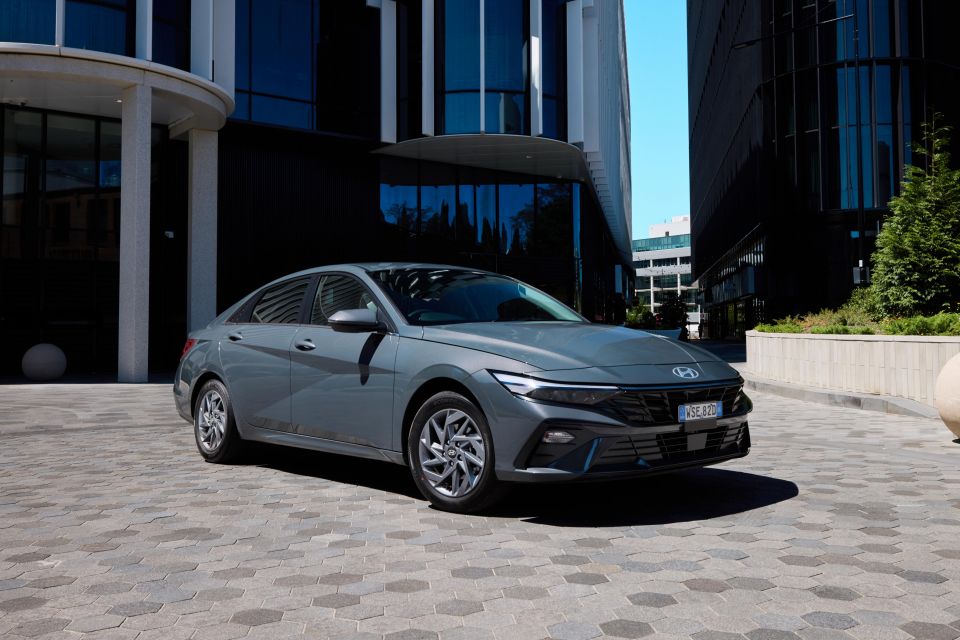
With those criteria in mind, it’s hard to look past the i30 Sedan Hybrid Elite.
The sedan brings a larger boot than the hatch, which will come in handy after you’ve spent a couple of hours at IKEA. The hybrid also consumes the least fuel of any i30, sipping just 3.9L/100km.
While the base trim grade ticks the boxes for practicality and efficiency, it’s worth spending up for the Elite to access some creature comforts.
Upgrades for the Elite include improved interior tech, dual-zone climate control, keyless entry and start, extra safety features, and leather upholstery. Well worth the $4500 premium, if you ask us.
You can check out our full review of the Hyundai i30 Hybrid here.
Once again we’re favouring the sedan here, but this time in Premium trim.
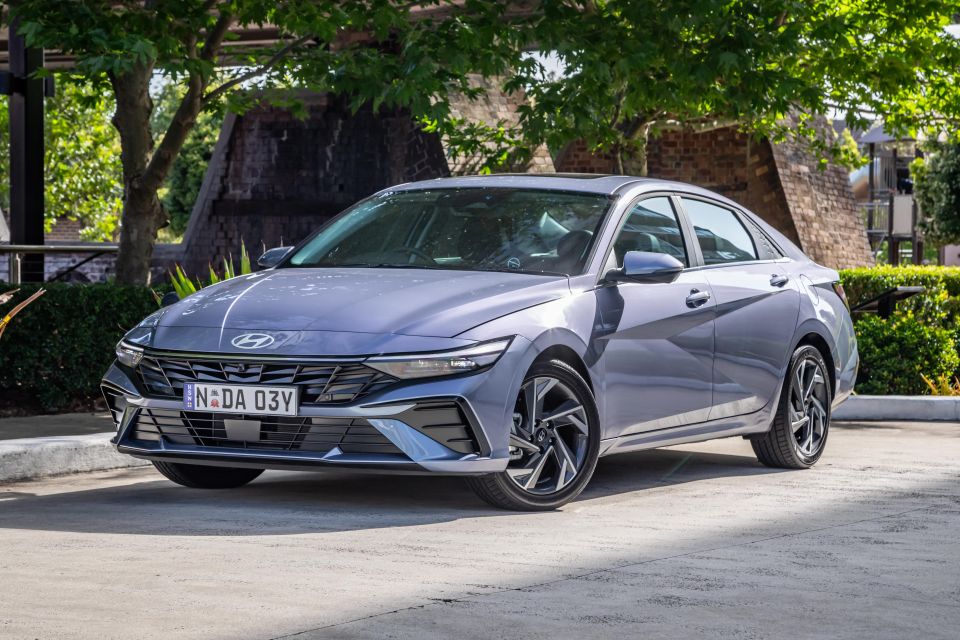
Admittedly, the naturally aspirated 2.0-litre engine isn’t our pick of the bunch from an efficiency and performance standpoint, but its pairing with a CVT transmission should make for a smooth driving experience.
On top of that, you get heated and ventilated front seats, an eight-speaker sound system, surround-view camera, and a sunroof, all luxury features to dim the stress of a hard week at work.
Speaking of relieving stress, the Sedan Premium wears a price tag of $38,500 before on-road costs – hardly breaking the bank considering the long list of inclusions.
A select few new car buyers will be heading to their local Hyundai showroom for a track toy, and we’d encourage those thrill-seekers to get behind the wheel of an i30 N Premium hatch.
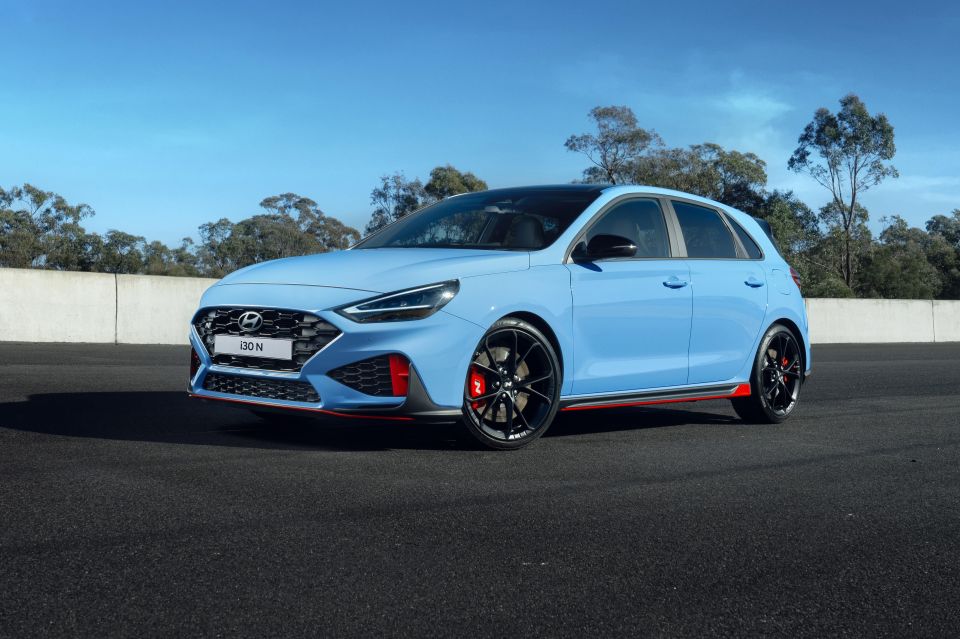
Each of the six i30 N variants have merit, but the Premium hatch adds heated N light bucket seats to the mix, an essential addition for lovers of spirited driving.
As for the question of a manual or dual-clutch gearbox, we’ll leave that up to you. Purists will insist on a do-it-yourself stick shift, but the DCT in the i30 N offers lightning-quick shifts and tactile shift paddles.
Either way, you can’t lose.
Stay tuned for our review of the 2025 Hyundai i30 N, coming soon!
Interested in buying a Hyundai i30? Get in touch with one of CarExpert’s trusted dealers here
MORE: Everything Hyundai i30
Where expert car reviews meet expert car buying – CarExpert gives you trusted advice, personalised service and real savings on your next new car.
Josh Nevett is an automotive journalist covering news and reviews, with a background in motorsport journalism.


Andrew Maclean
12 Hours Ago
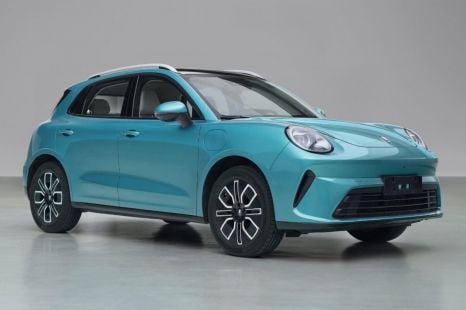

William Stopford
2 Days Ago
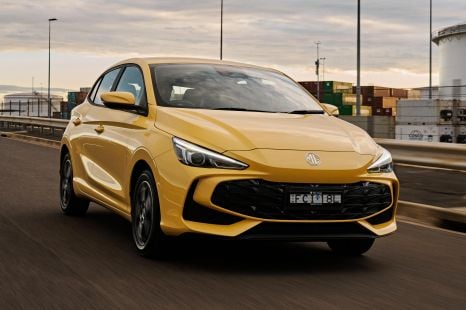

William Stopford
4 Days Ago
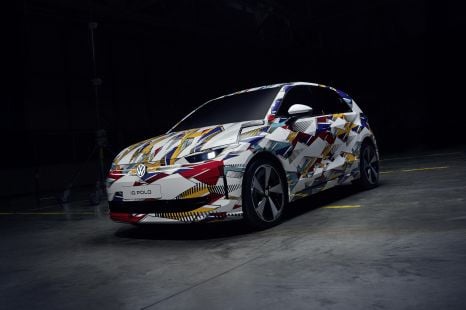

James Wong
10 Days Ago
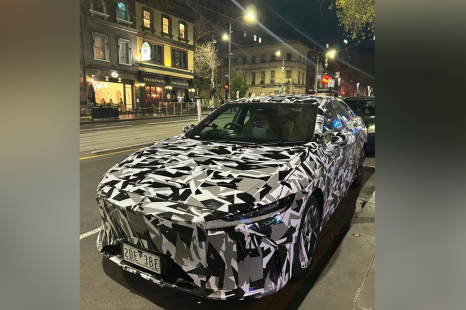

William Stopford
11 Days Ago


William Stopford
11 Days Ago